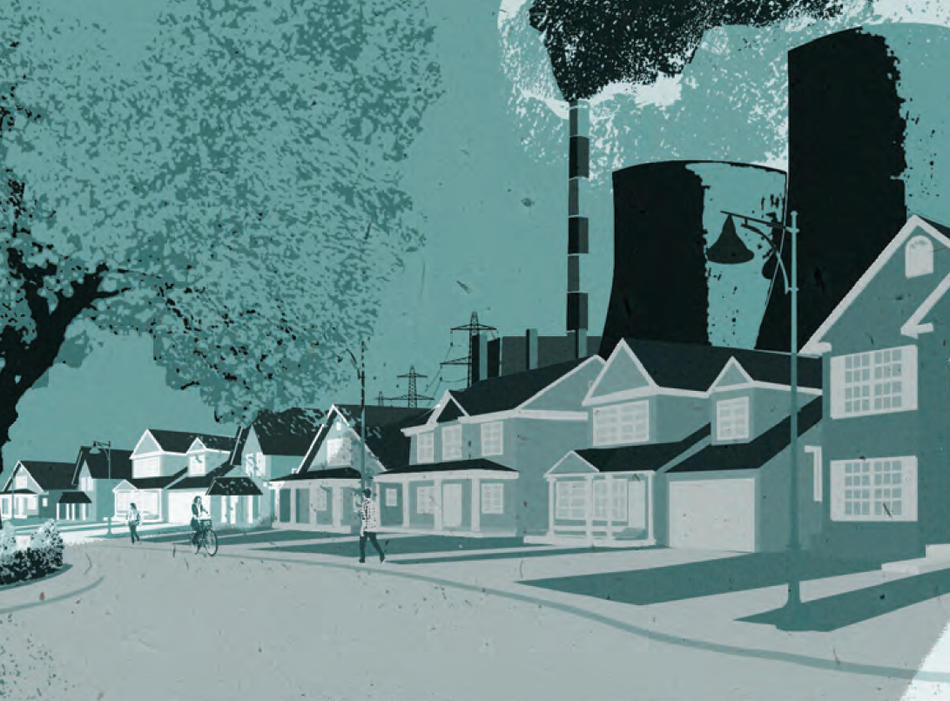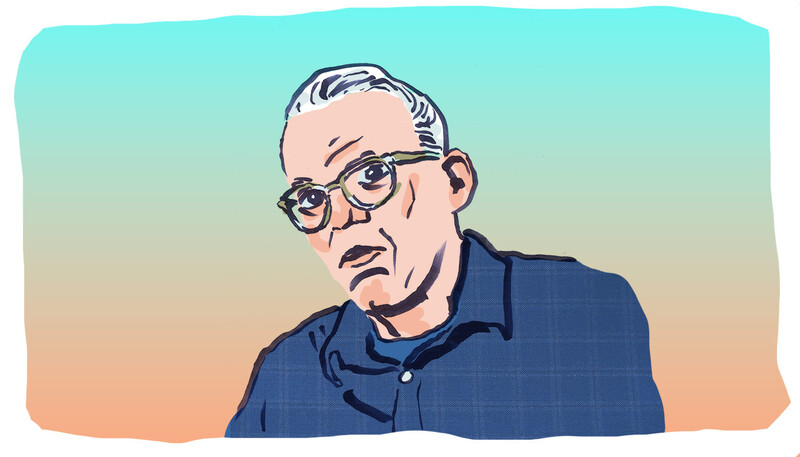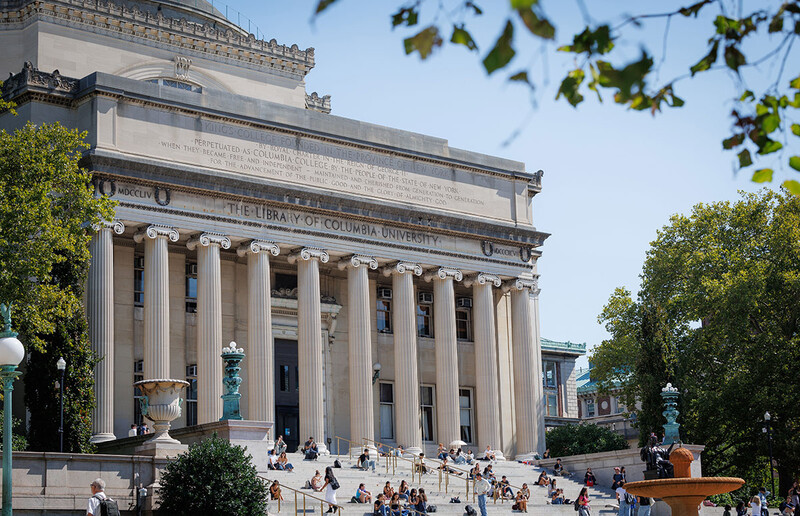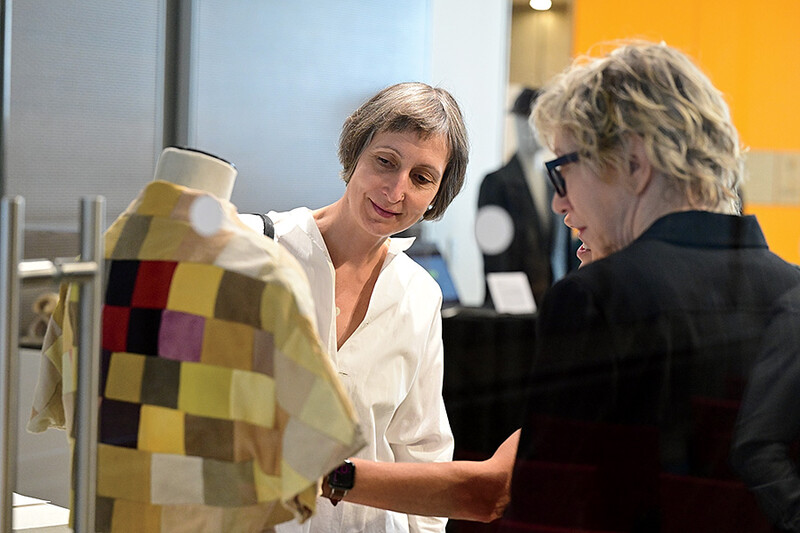As the news of the Fukushima Daiichi nuclear disaster seeped out over those weeks in March 2011, I was in the middle of participating in a documentary about nuclear energy called The Atomic States of America. The film was based on my book, Welcome to Shirley: A Memoir from an Atomic Town, in which I chronicle the experience of living in a blue-collar Long Island town adjacent to a federal nuclear laboratory. Under cover of the Pine Barrens, three nuclear reactors were built, and all three leaked. The lab became a Superfund site in 1989, about the time I was entering high school, and the story traces my coming of age in a broken place filled with natural beauty and unnatural risk, where working-class lives are weighed against Nobel Prizes and too often come up short. The filmmakers planned to use the story of my town as a launching pad to visit other reactor communities across the country.
For six months, 9.14 Pictures had been filming top-level government officials and advocates on both sides of the nuclear debate. Eerily, during multiple interviews, people had said that “something big” would have to happen to change people’s minds about the nuclear renaissance, which had President Obama ’83CC primed to start approving new reactor projects for the first time in thirty-three years. As the film team and I watched the natural disaster in Japan bloom into a nuclear crisis, we wondered, Is this the something big? We had a difficult time imagining something bigger than three nuclear reactors in full meltdown, except, of course, if those reactors were in, say, Georgia or Vermont or New York.
We quickly realized that Fukushima would change everything — for our project, for our country’s nuclear future, and for the world. Almost as quickly, and certainly by the time the film premiered at Sundance in January 2012, we realized the disaster would change nothing.
For these reasons, I was intrigued by the announcement of a talk at Columbia called “Nuclear after Fukushima: Policies, Practices, and Problems,” hosted by SIPA’s Center on Global Energy Policy. The speaker was Lady Barbara Judge, a former lawyer turned policymaker who was recently appointed by the Tokyo Electric Power Company as the deputy chairman of its nuclear-reform monitoring committee, charged with reshaping the discussion of safety and self-regulation in the industry.
I hoped to learn more about changes in the larger landscape of nuclear technologies and safeguards — maybe a set of international standards for new reactors. In the short time between the meltdowns at Fukushima and the release of our film, I would come to understand how briefly such disasters linger in the public consciousness in today’s twenty-four-hour news cycle. I was looking toward the aspiring engineers and economists and policymakers in the room to grapple with these questions in a deeper way, and to be comforted by whatever sea change the ripples of the Fukushima disaster had set in motion.
Judge, a walking Victorian portrait, with sharp cheekbones, a severe blond chignon, and a taste for high, frilly white collars and slim, dark skirt suits, opened her talk with statistics, setting the stage for the post-Fukushima international nuclear field. Before Fukushima, there were 443 operating reactors in the world; now there are 434. Before, there were 156 nuclear reactors planned across the world; now there are 173. But the story has shifted toward China, Vietnam, India, and Russia, with developing countries and new-money governments in the race for investment. America’s role was dismissed; our energy consumption is declining as factories leave the country, and we are cash-strapped, so we can’t be part of the big plays in developing countries.
This comparative inaction displeased Judge; she felt the industry should be plowing ahead. There are obstacles, however, and she listed them: burdensome regulation, skill shortage, high cost, negative press, and restrictive zoning. On this last subject, Judge said, “People who live around power plants love it. They just don’t know that until it happens.”
Judge sits on the international board that advises the United Arab Emirates on nuclear development, and she used Abu Dhabi as a model of progressive nuclear thought, calling the country “the right place with enlightened leadership.” Although an oil-rich country in the middle of the desert may seem contrary to the image of the world’s new nuclear future, Judge explained that certain barriers in places like the US and Europe simply don’t exist in Abu Dhabi. “Will the press write a bad article about the sheikh? I don’t think so. If the sheikh decides you need money? Here,” Judge said, holding out a handful of invisible cash.
Although there were some huffs of indignation in the crowd at her description of Abu Dhabi’s leadership as “enlightened,” for the most part the crowd was rapt. In the discussion on waste, one of the most important aspects of the nuclear question, Judge described the methods that have been used to deal with nuclear waste thus far: “We threw it in the air; it came back down. We buried it in the ocean; it came back up.” She shrugged, explaining that she felt confident in the estimate that our current practices will keep the waste safe for a thousand years, equating this unimaginably long period of time with the UK’s ninety-nine-year lease on Hong Kong. Judge has faith that the scientific community will come up with some other way to manage the waste before those thousand years are up.
The talk portrayed Fukushima as an isolated event that was now over. But nearly three years after the disaster, Fukushima is far from over: a few weeks after Judge’s talk, the plant was in the news again after the discovery of a spill of one hundred metric tons of radioactive water, due to a pair of valves left open by mistake. Even if there are no more unexpected leaks or mishaps, the decommissioning process will cost more than $100 billion. And removing all the molten fuel rods requires technology we do not yet have on hand to deal with radioactive materials that won’t be safe for humans for hundreds of thousands of years.
Though I disagree with Judge on many points, we both feel that women could be the key to determining the world’s nuclear future. Judge noted that in studies, most educated women say they are against nuclear power. She said she didn’t understand this, although she had some theories that she did not disclose. Later, she said she hoped women would ultimately become ambassadors of pro-nuclear sentiment: “Women should be telling women, because they are teachers and nurses and not in the nuclear industry.” She shook her head as if in disbelief that a woman could look at her facts and not be moved. And in the audience, as a woman and a teacher, I shook mine.



